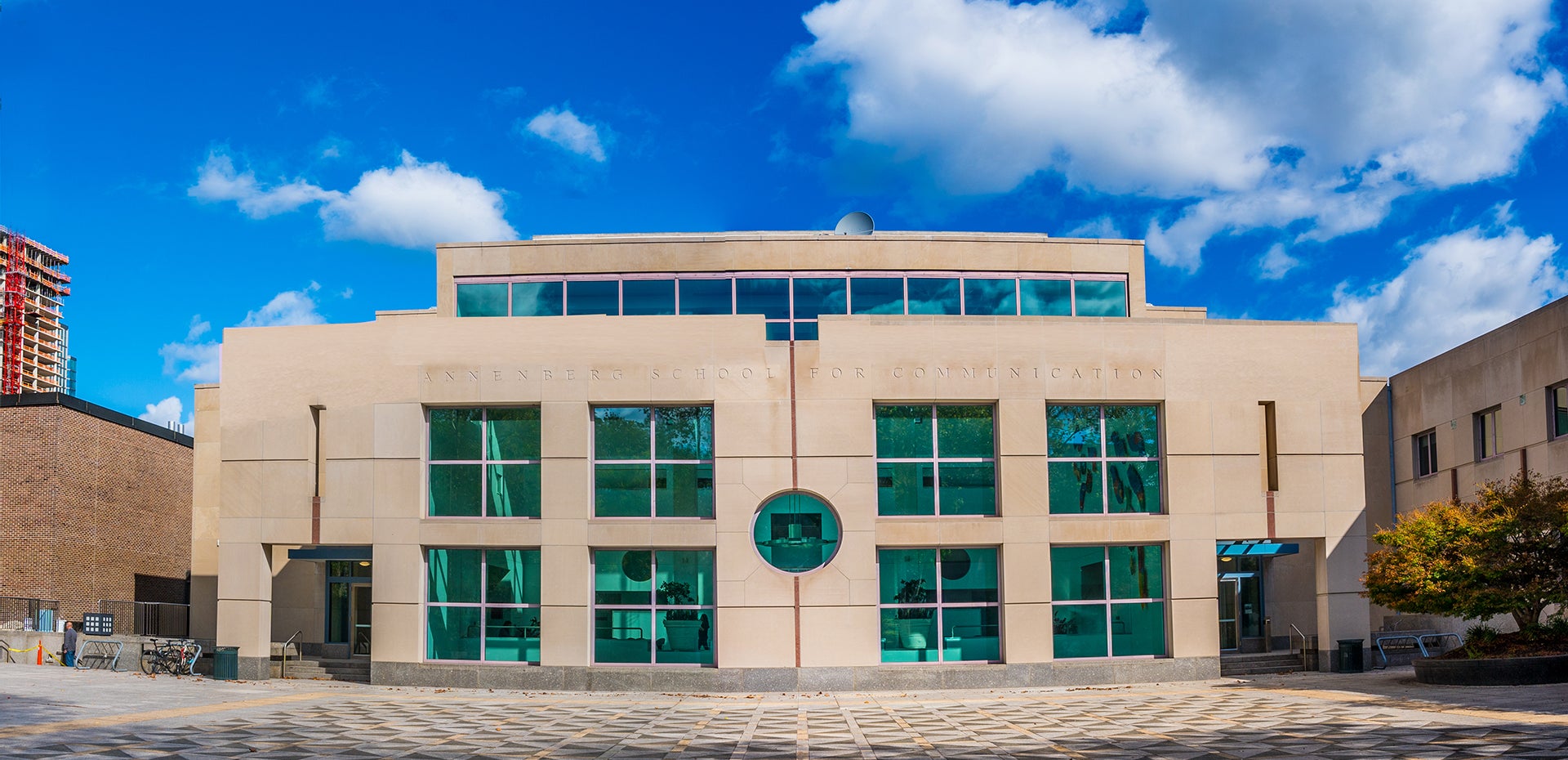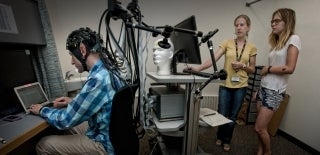
Research Areas
The field of Communication is a dynamic and interdisciplinary one, continually evolving at the pace of our world.
At the Annenberg School for Communication, we embrace the diversity of Communication by encouraging students to shape their own academic path within the generosity of a broad field, working alongside faculty who themselves hail from a variety of different disciplines.
Broadly speaking, our faculty and students do work in the areas of culture and media, global communication, health communication, media institutions, political communication, and technology & society. In many cases, more than one of these areas would apply to their work. Click through each research area below to read more about the people and research in each.
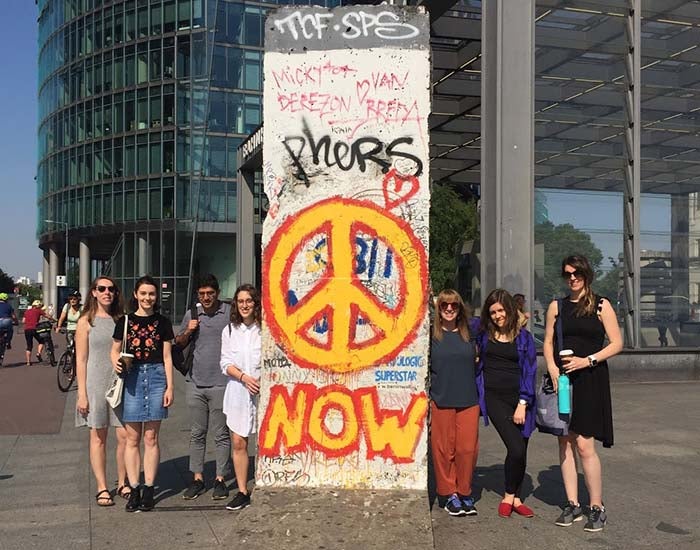
Culture & Media
Rituals, practices, and artifacts profoundly shape individuals, groups, and societies. Communication is central to the construction, maintenance, and transmission of culture, as well as to cultural resistance and change. We explore the relationship between communication and culture and its implications for private, civil, and civic life.

Global Communication
From Asia to the Middle East to Latin America and beyond, our researchers dive deep into the messages and media systems from around the globe, finding the unique characteristics in regional, national, and global contexts as well as the threads that link humanity around the world.
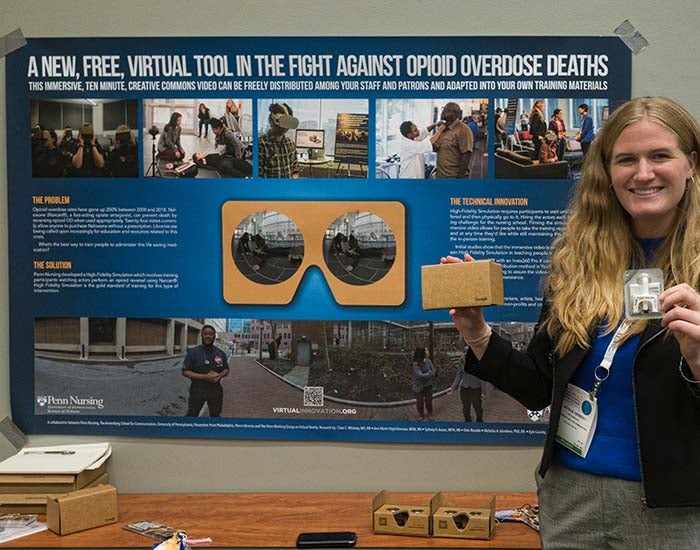
Health Communication
Messaging from clinicians, policymakers, and the media plays a major role in personal and public health. Annenberg examines the role of communication on health-related attitudes, opinions, information-processing, and behavior of individuals and groups.
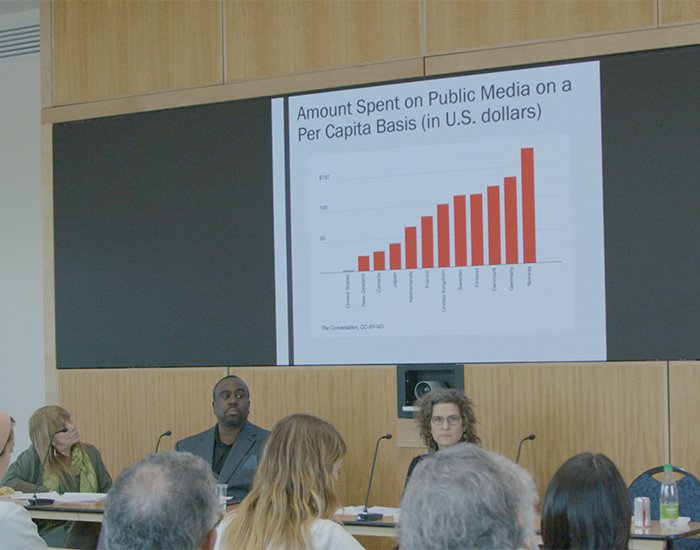
Media Institutions
We explore the history, design, diffusion, and regulation of traditional and emerging media, from specific technologies, mediums, organizations, and industries to their formation into broader local, national, and international media systems.
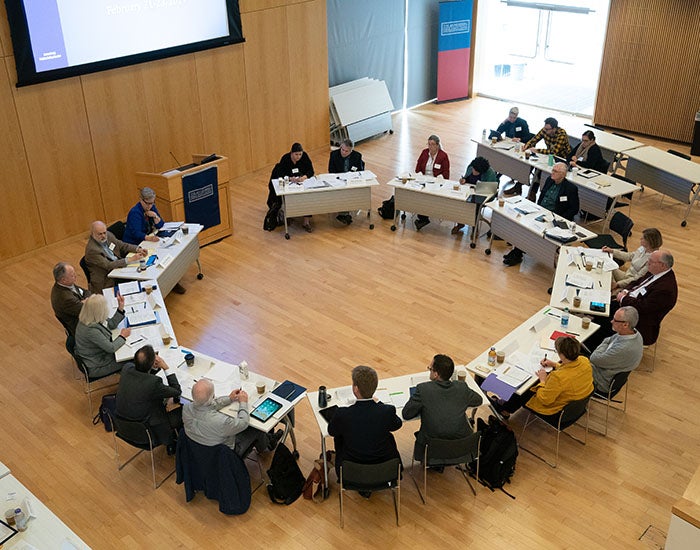
Political Communication
Annenberg's political communication research examines the role of interpersonal and mass-mediated communication on the attitudes, opinions, information-processing, and behavior of citizens, political elites, political institutions, and political systems.

Science Communication
The complexity of scientific findings on vitally important topics like climate change, viruses and vaccines, and substance use can often be challenging for the general public to understand. Annenberg faculty and students develop principles for best communicating important scientific truths to everyone.
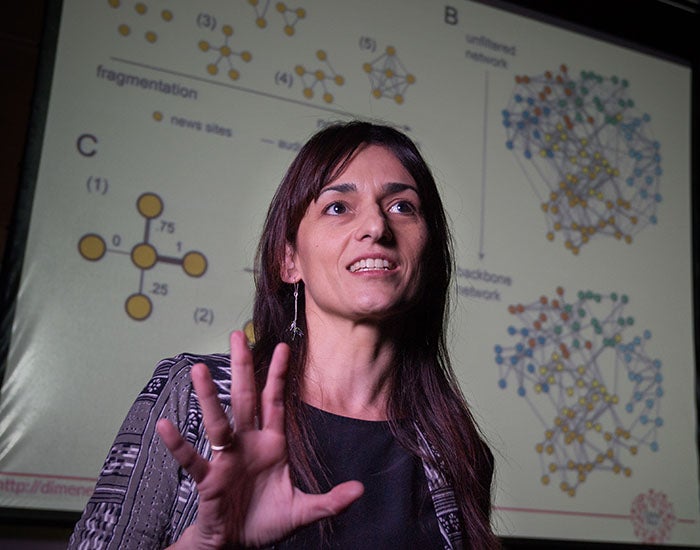
Technology & Society
From big data and network science to the impact of new technologies on our day-to-day lives, Annenberg research is at the cutting-edge of understanding the impact of shifting platforms and modes of communication on individuals and societies.

